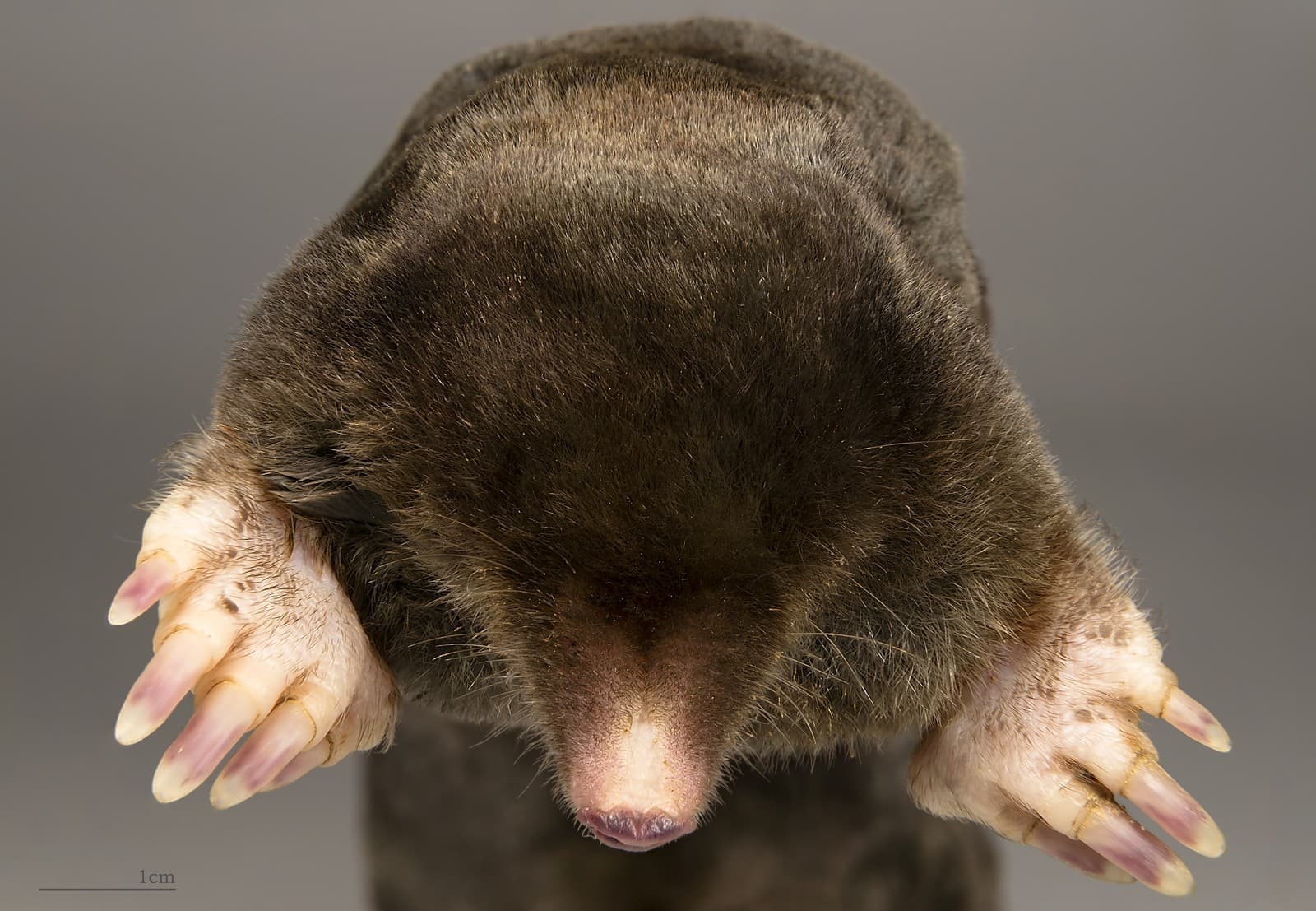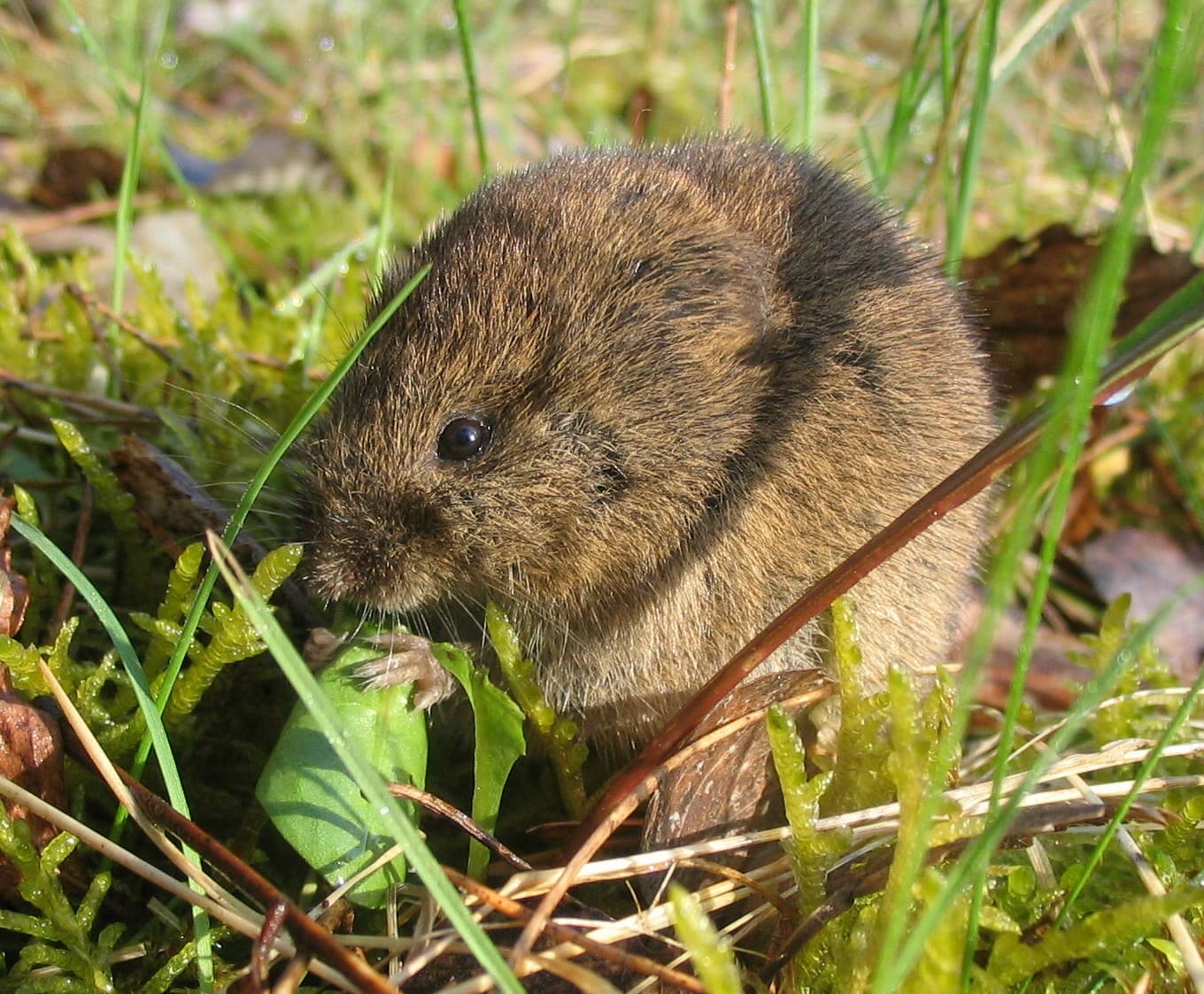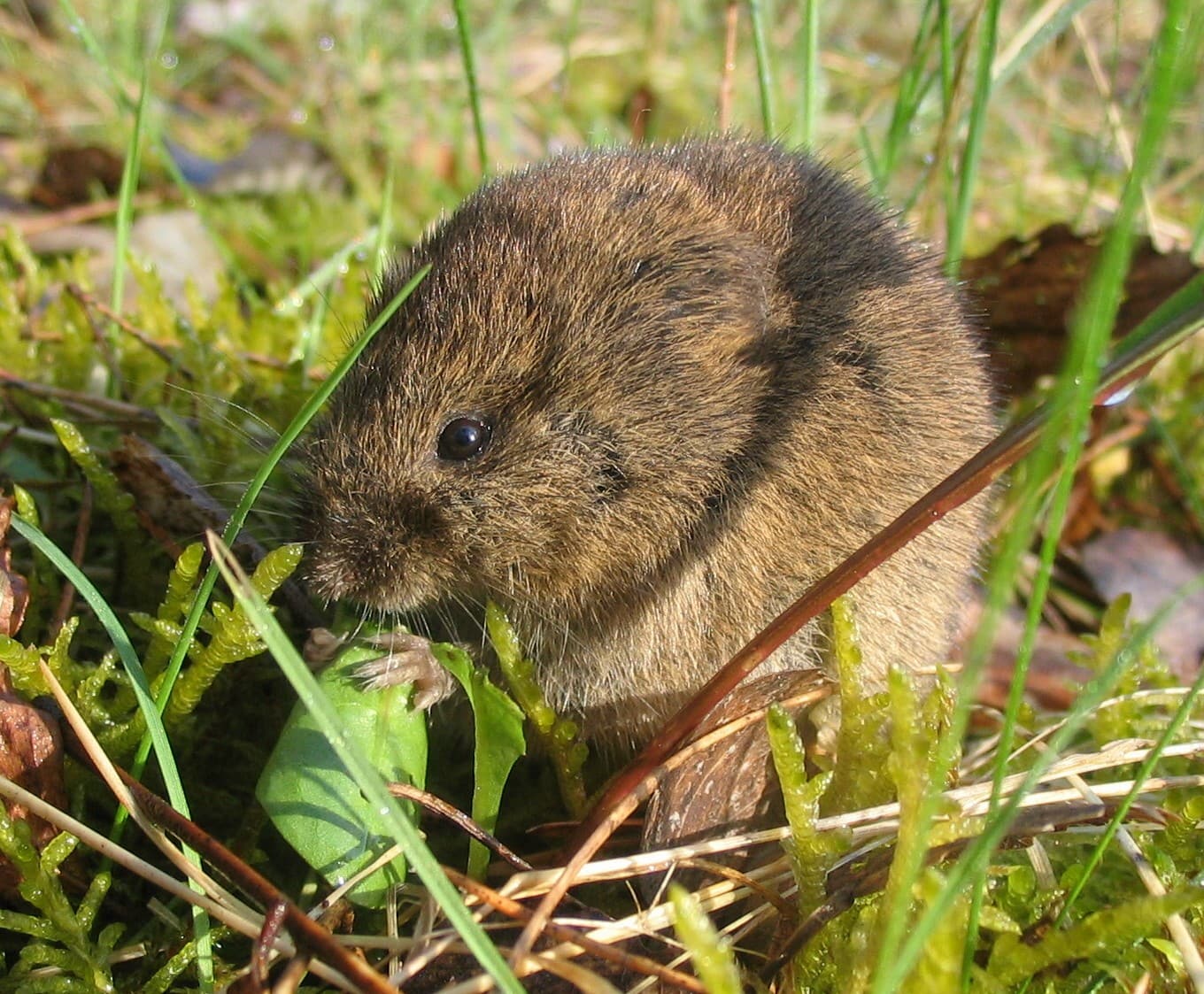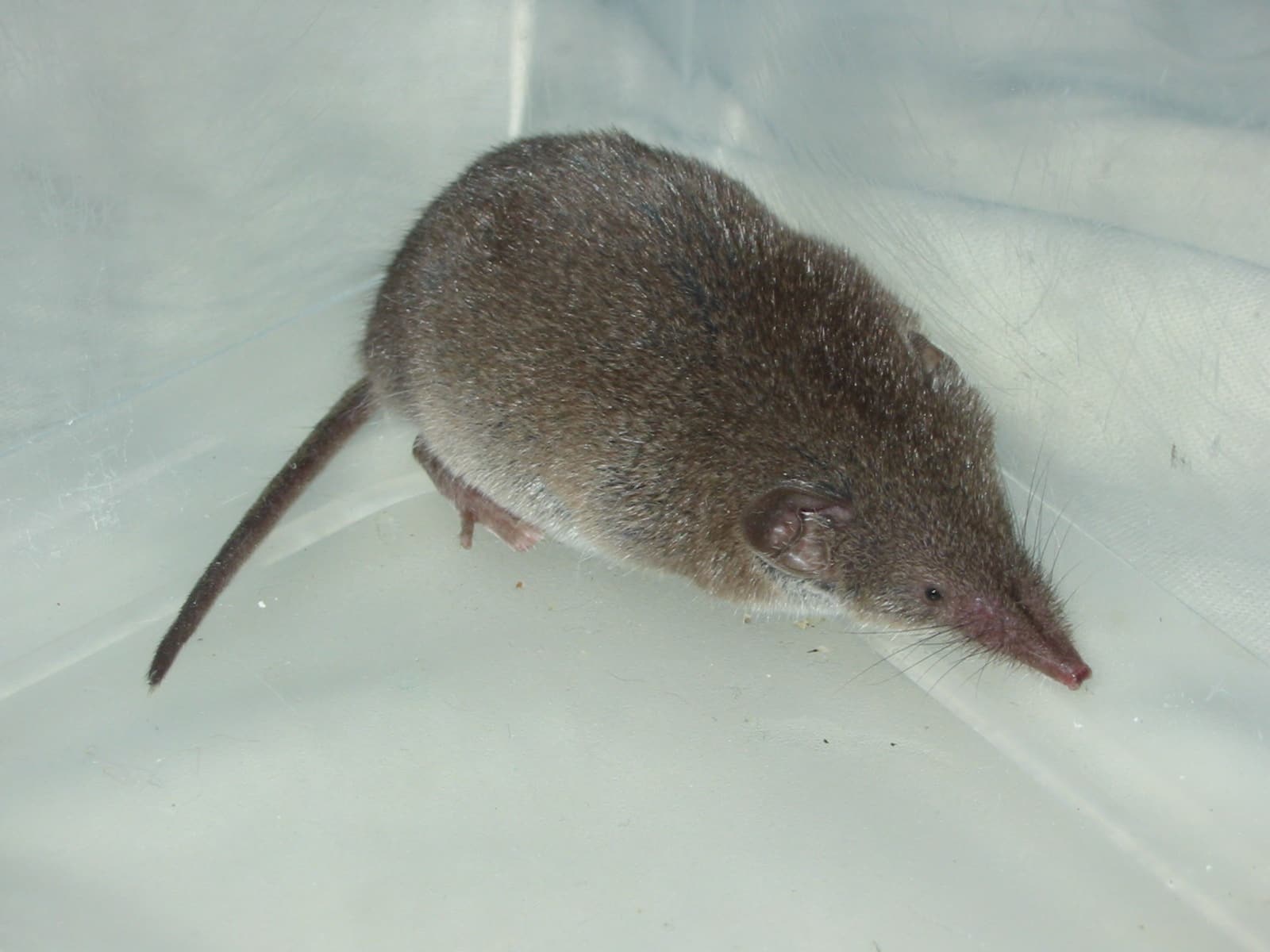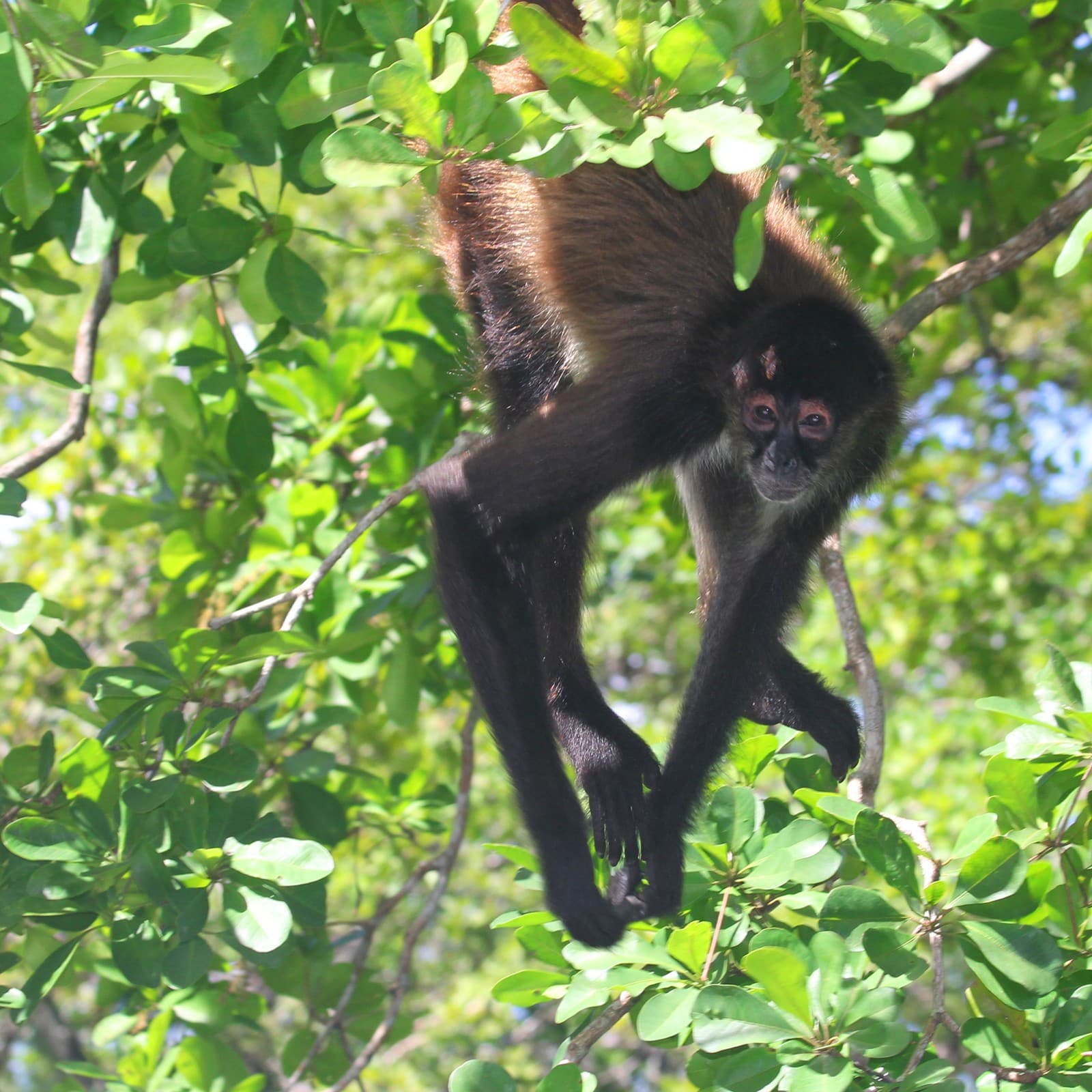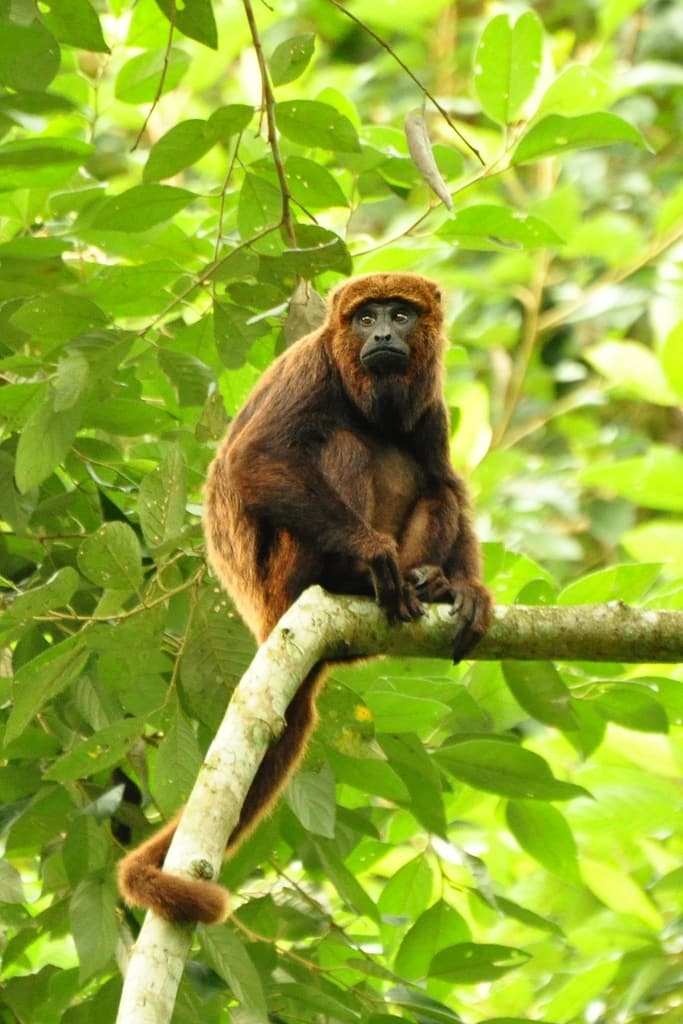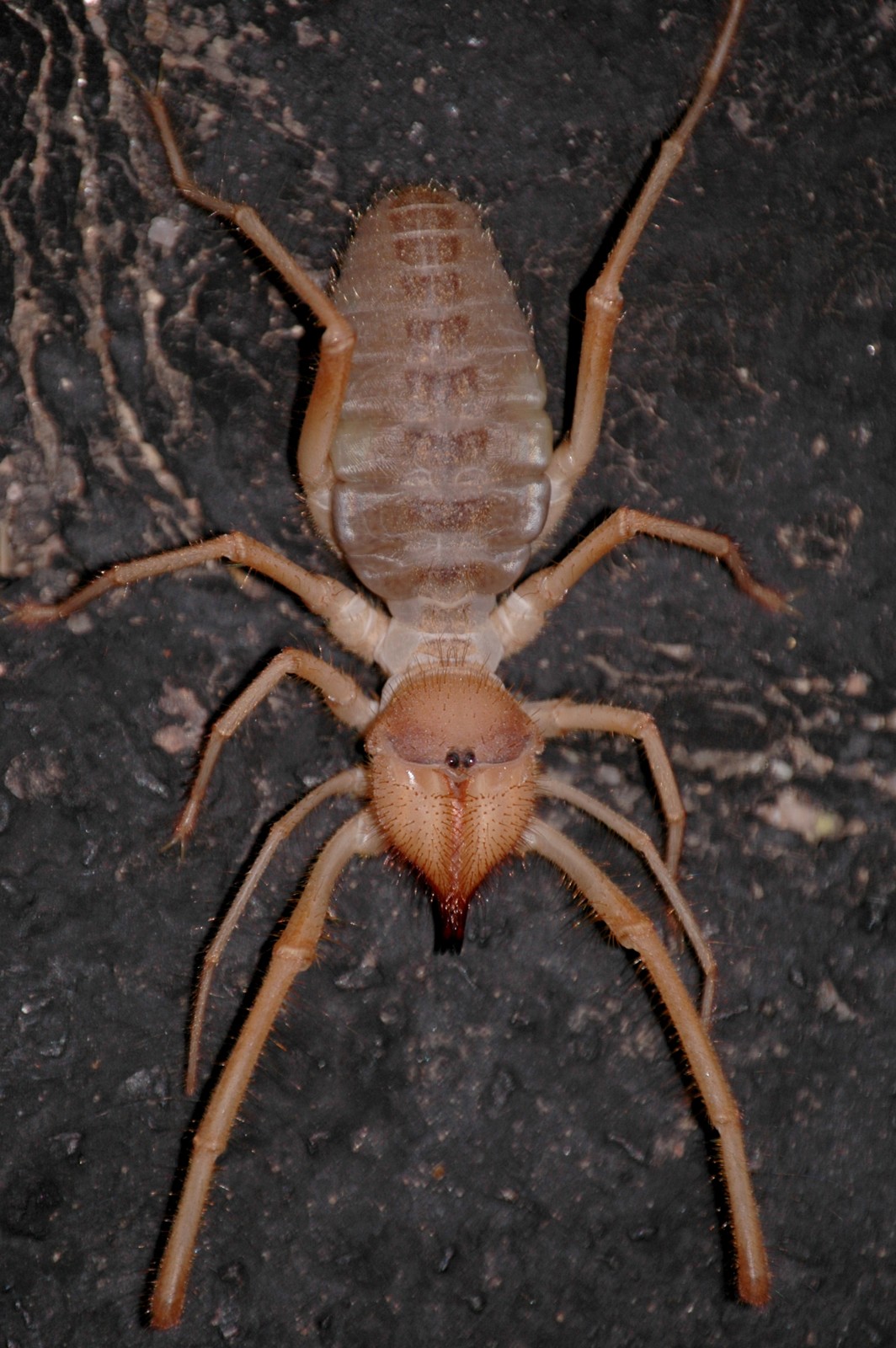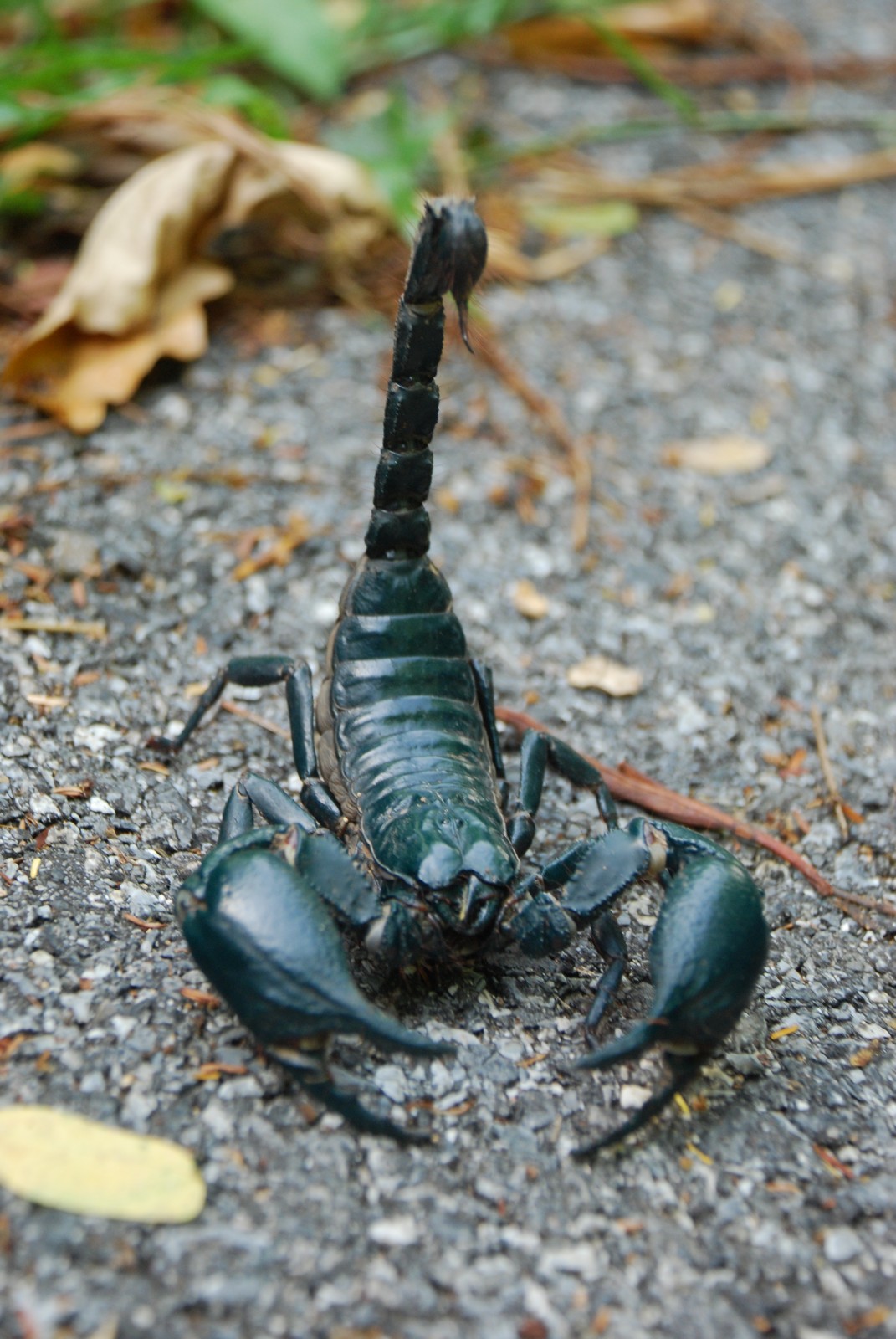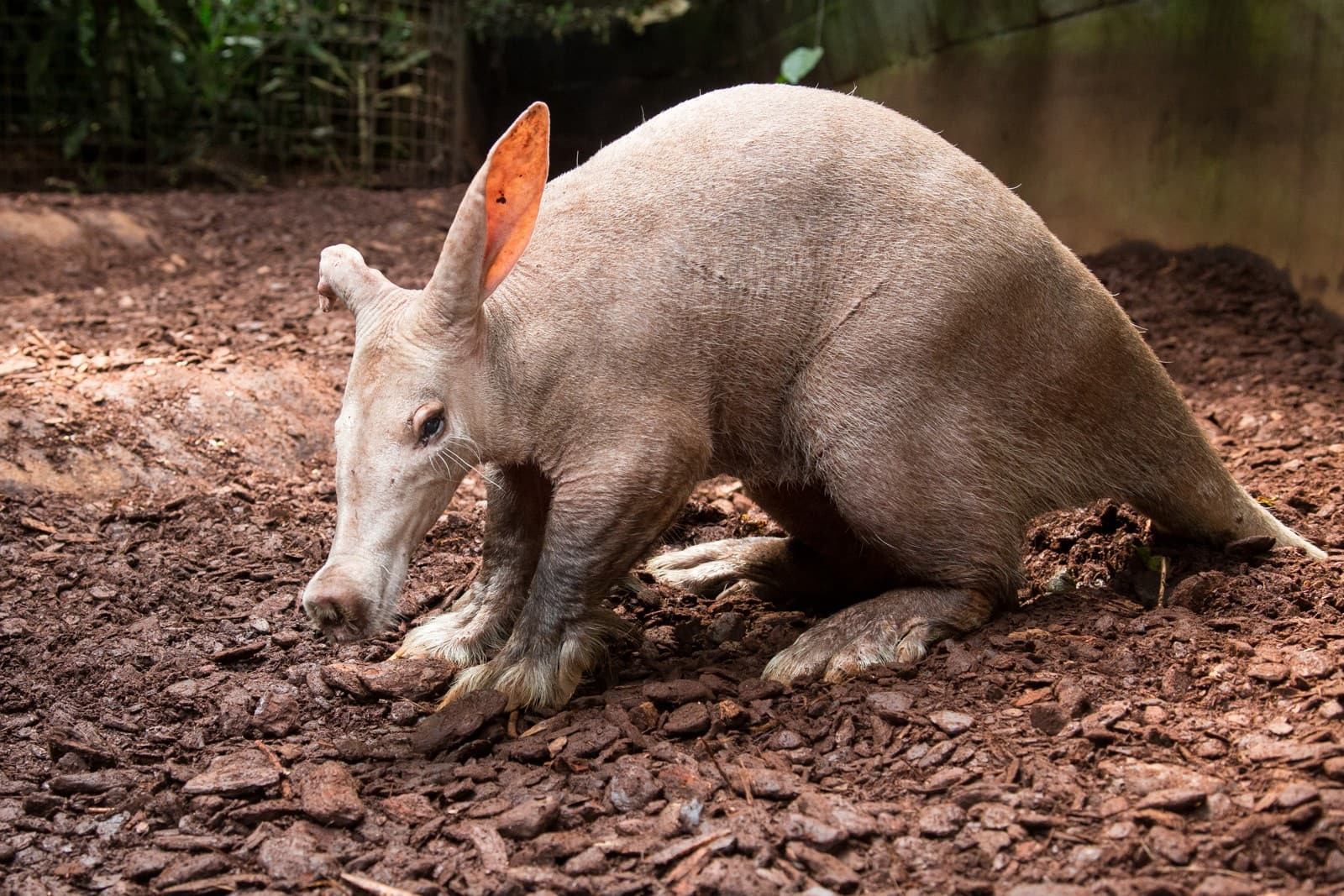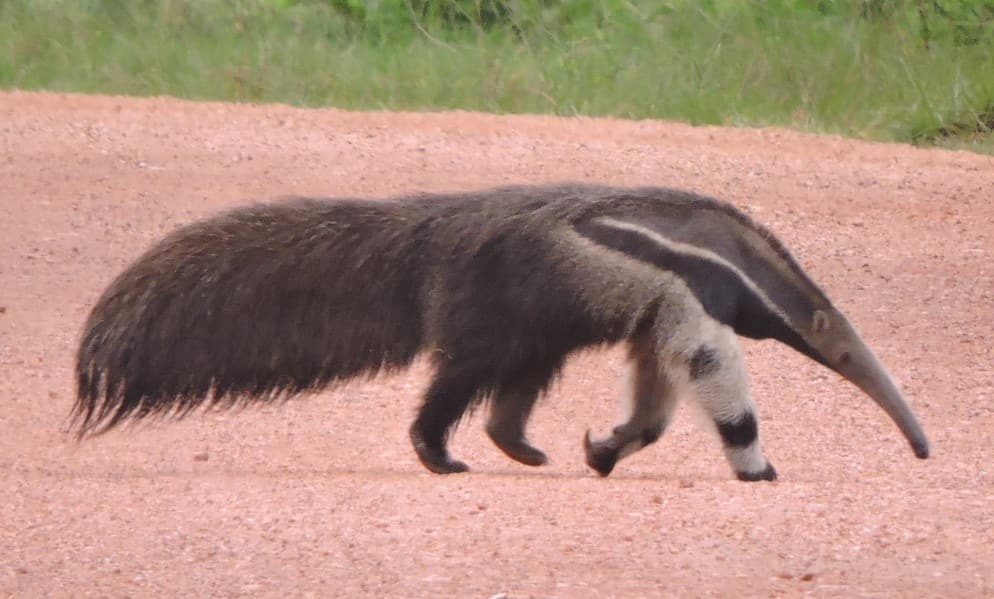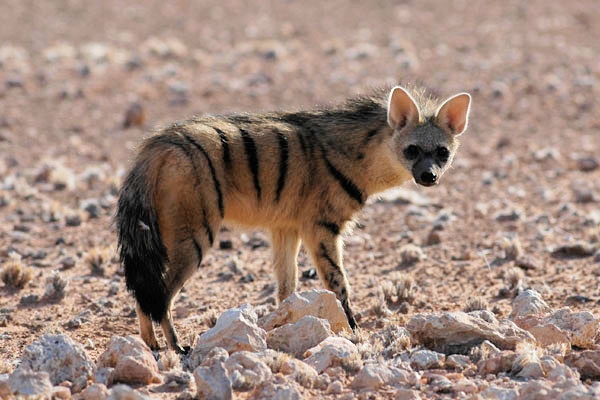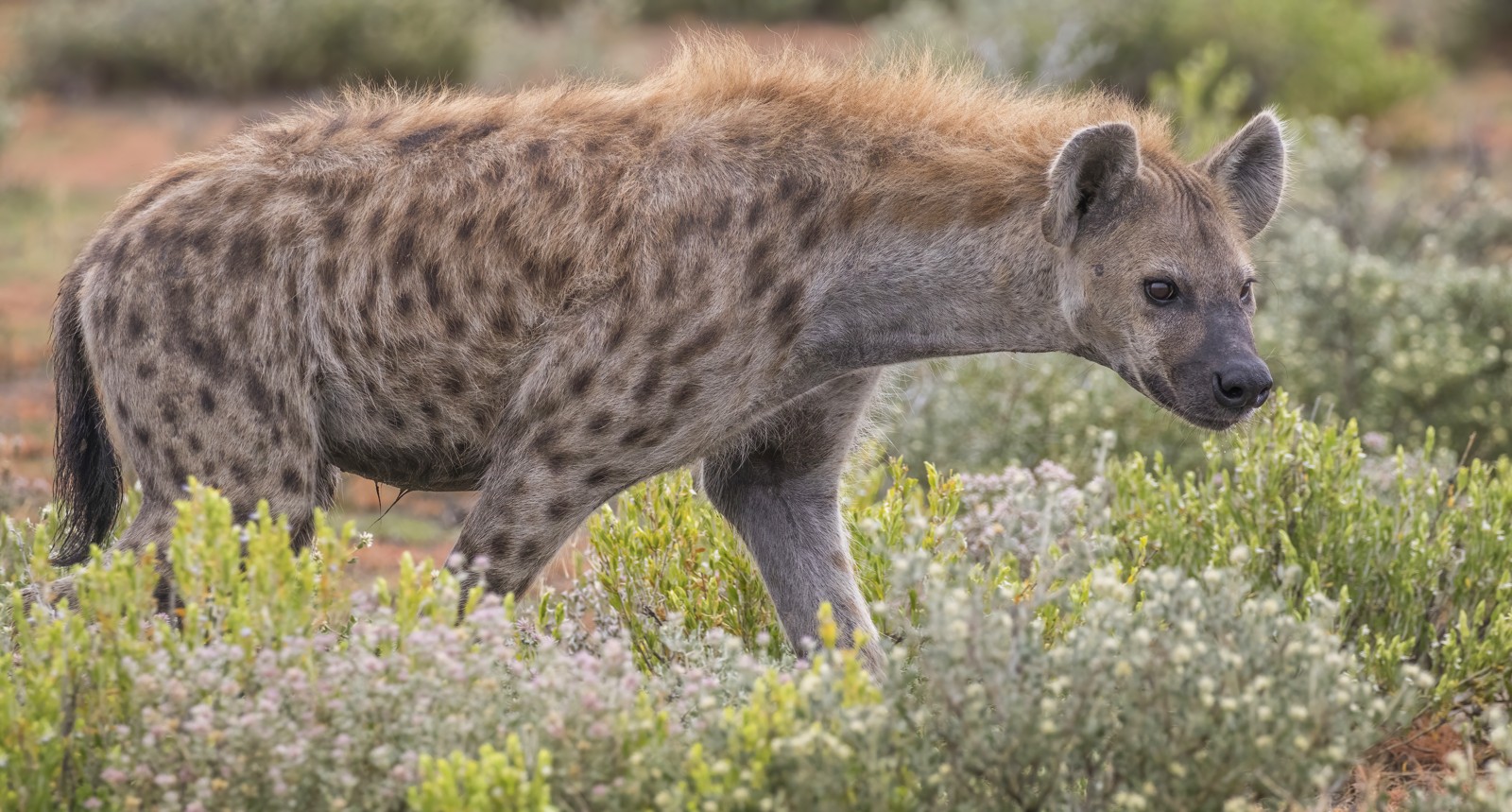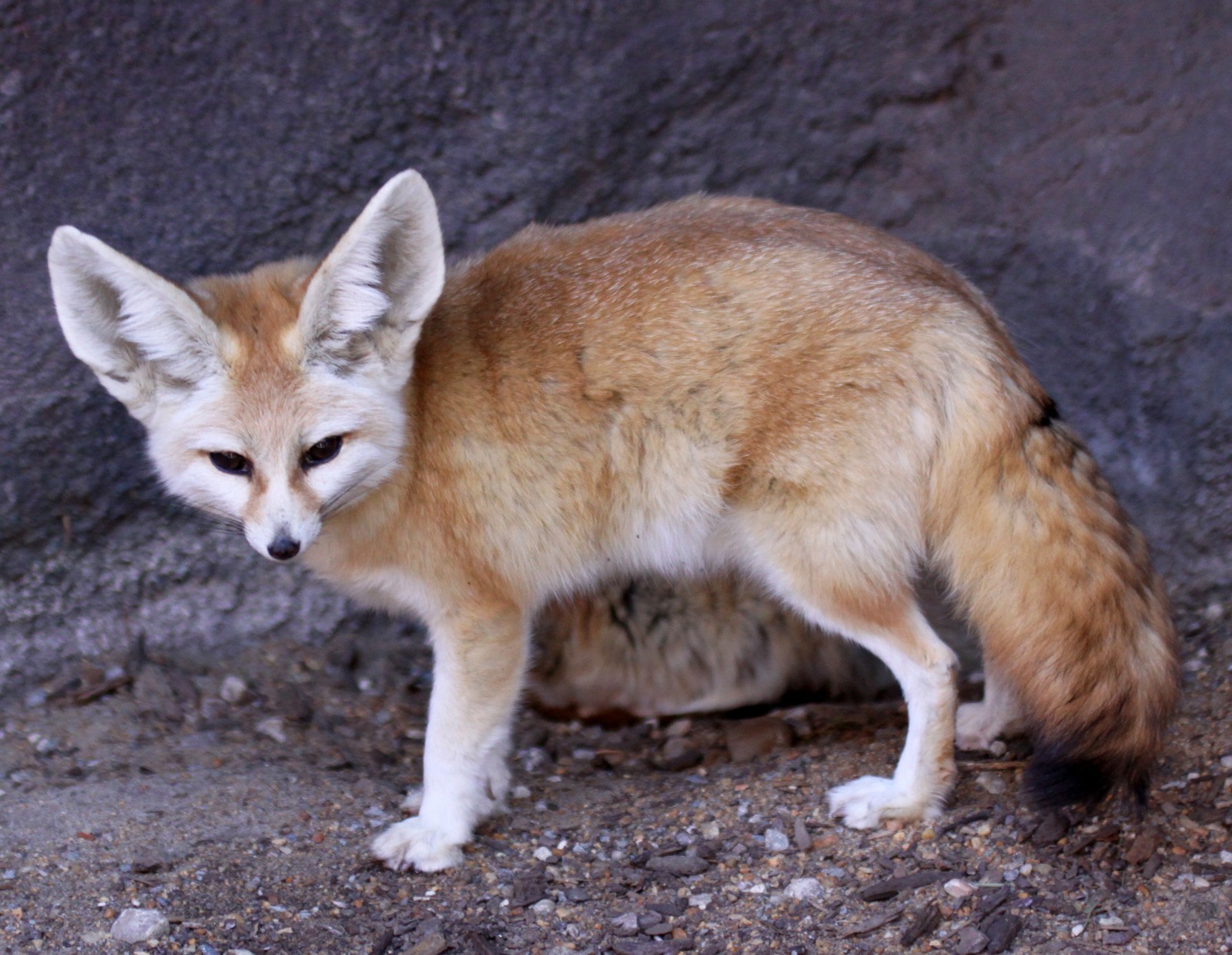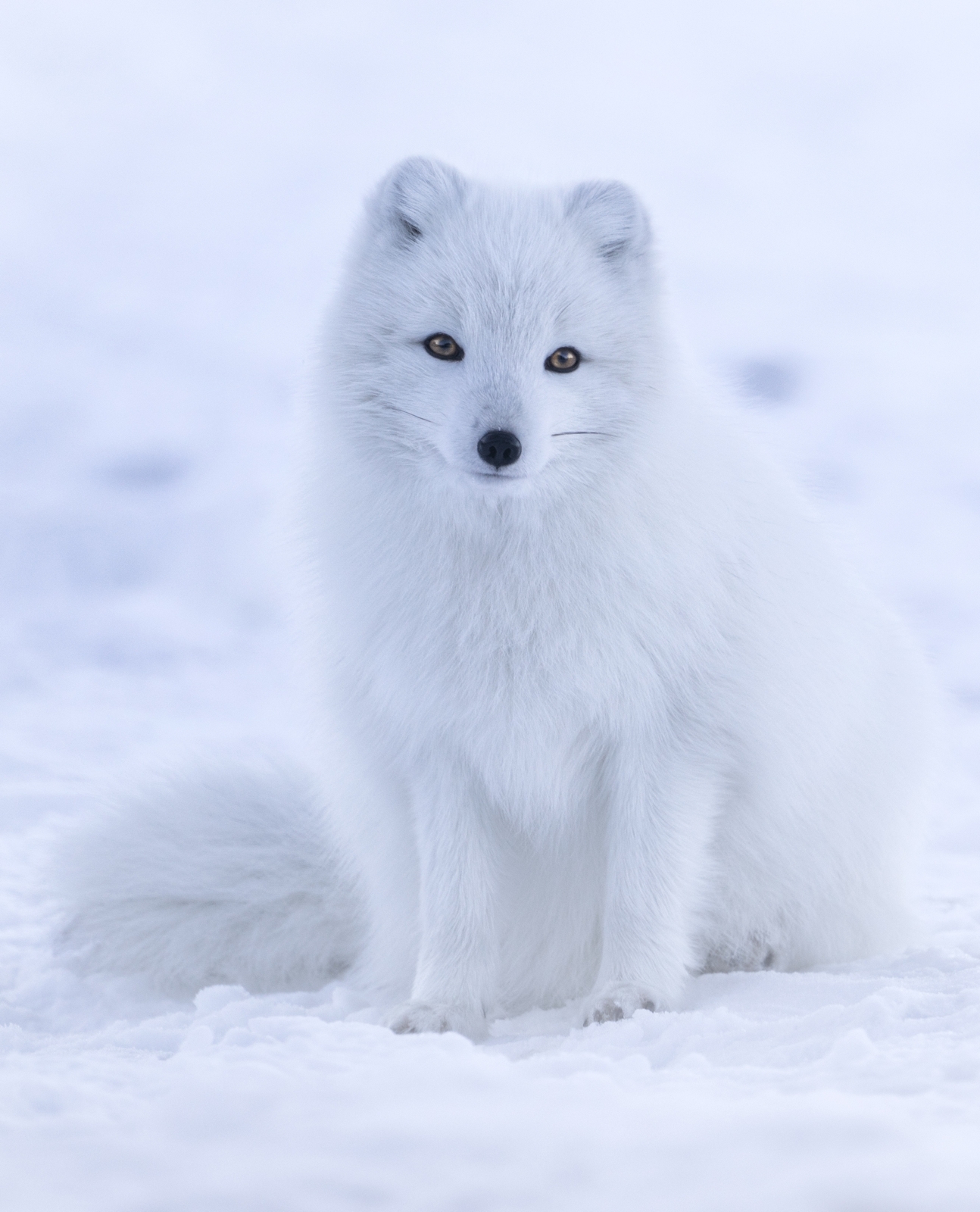Lemming vs Vole: A Complete Comparison
While lemmings and voles might appear similar at first glance, these small rodents exhibit distinct characteristics that set them apart. Lemmings, specialized for Arctic survival, typically measure 3-6 inches (7.6-15.2 cm) in length, while voles generally range from 3-9 inches (7.6-22.9 cm). The most striking difference lies in their habitat preferences and adaptations: lemmings thrive in Arctic tundra, while voles inhabit a broader range of environments across temperate regions.
These remarkable rodents have evolved different strategies for survival, with lemmings developing thicker fur and shorter limbs for cold weather adaptation, while voles maintain a more generalist approach to both habitat and diet. Understanding these distinctions helps explain their unique roles in their respective ecosystems.
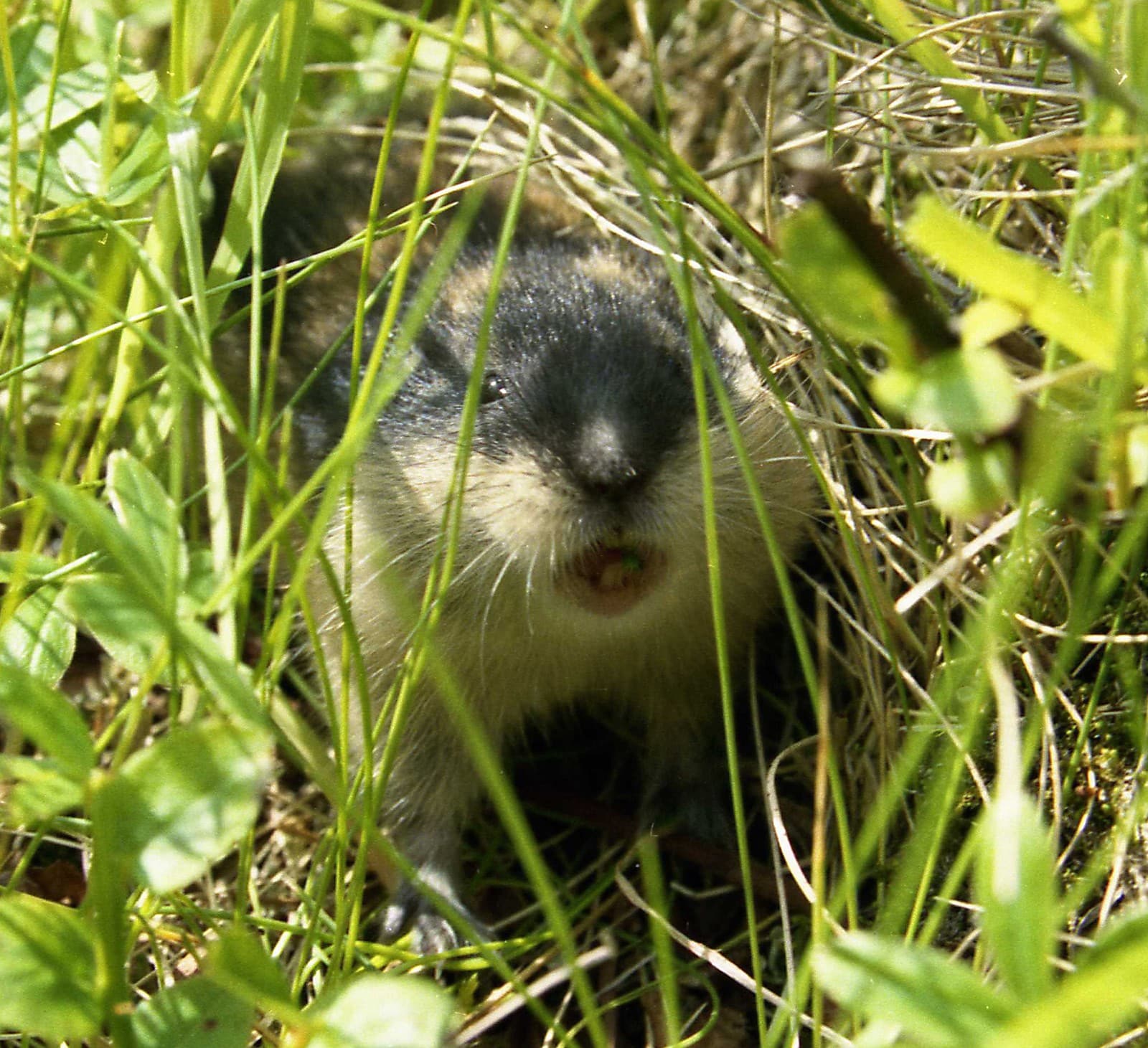
© / CC BY 2.5
The Norwegian Lemming displays its characteristic thick fur and compact body, adaptations crucial for survival in harsh Arctic conditions. Note the distinctive black and brown patterning typical of this species, setting it apart from its vole cousins.
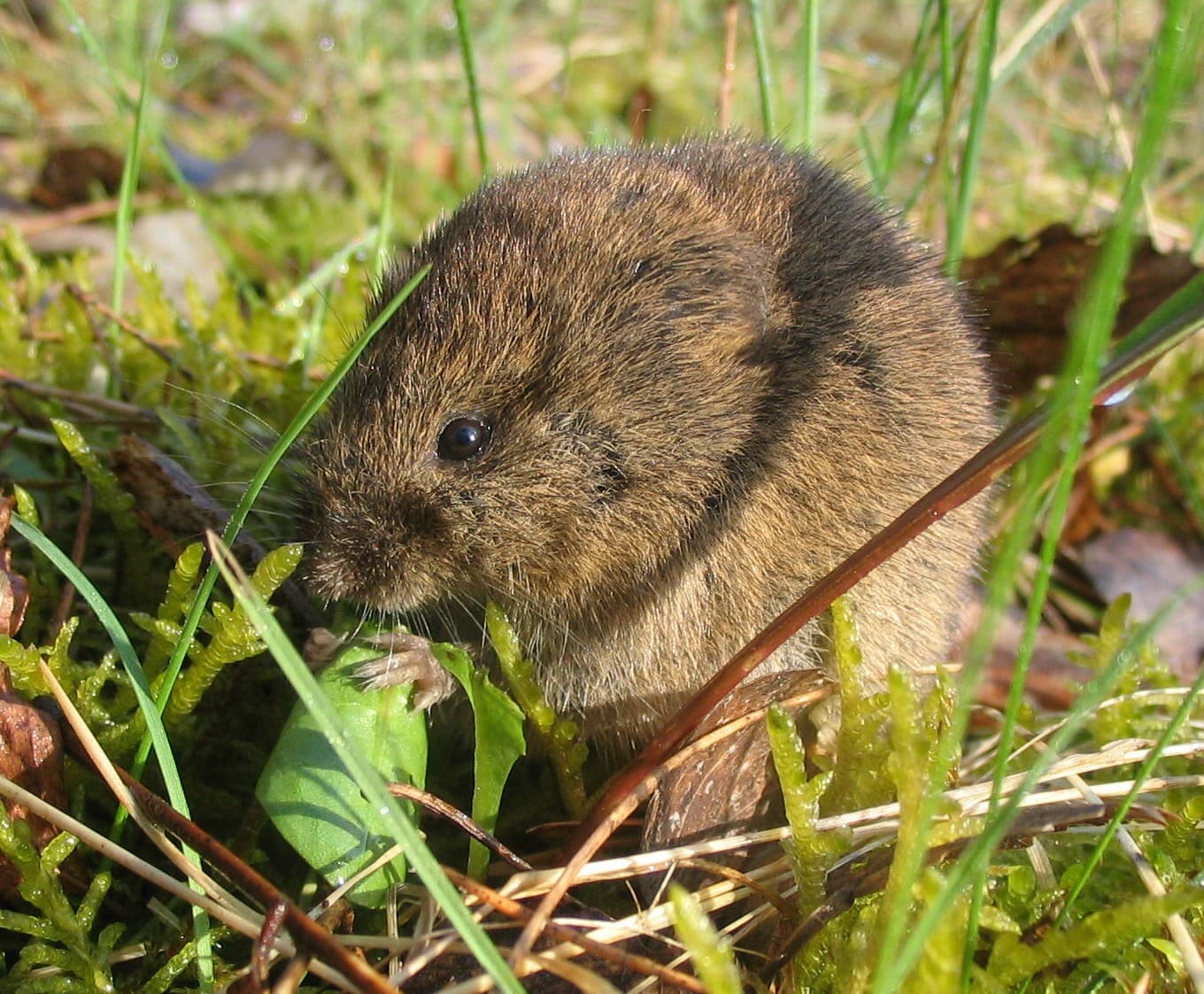
© Dieter TD, first upload in de wikipedia on 13:31, 28. Apr 2005 by Dieter TD / CC BY-SA 3.0
A field vole demonstrates typical vole characteristics with its rounded head and less distinct coloration. The uniform brown fur and longer tail are key features that help distinguish voles from lemmings.
Key Physical and Behavioral Differences
| Feature | Lemming | Vole |
|---|---|---|
| Size | 3-6 inches (7.6-15.2 cm) | 3-9 inches (7.6-22.9 cm) |
| Habitat | Arctic tundra, subarctic regions | Grasslands, woodlands, gardens |
| Fur | Thick, often with distinct patterns | Shorter, usually uniform brown |
| Tail Length | Very short, 0.4-0.8 inches (1-2 cm) | Longer, 1-2 inches (2.5-5 cm) |
| Diet | Mainly Arctic plants, mosses | Diverse vegetation, seeds, roots |
| Population Cycles | Dramatic 4-year cycles | Less extreme fluctuations |
Habitat and Distribution
Lemmings have evolved specifically for life in the Arctic tundra, developing specialized features like thick fur and short appendages to minimize heat loss. These adaptations allow them to remain active even during harsh winter conditions, often creating elaborate tunnel systems beneath the snow.
Voles, conversely, demonstrate remarkable adaptability across various environments. From meadows to forests, these versatile rodents establish complex underground networks in more temperate climates. Their broader distribution reflects their ability to thrive in diverse ecological conditions.
Behavioral Differences
Social Structure and Reproduction
Lemmings exhibit more dramatic population cycles, with numbers fluctuating dramatically every 3-4 years. During peak years, lemming density can reach up to 200 individuals per hectare. These cycles often trigger their famous mass movements, though contrary to popular myth, they don’t deliberately jump off cliffs.
Voles maintain more stable populations, though they still experience periodic fluctuations. Their reproductive rate typically adjusts more gradually to environmental conditions, with most species producing 3-6 litters annually, each containing 3-6 young.
Feeding Habits
While both species are herbivorous, their dietary preferences reflect their distinct habitats:
-
Lemmings specialize in:
- Arctic mosses
- Sedges
- Tundra plants
-
Voles consume:
- Grasses
- Seeds
- Bark
- Roots
- Bulbs
Conservation Status and Threats
Both lemmings and voles face challenges from climate change, but their responses differ significantly. Lemmings show particular vulnerability to changing Arctic conditions, as warming temperatures disrupt snow patterns crucial for their winter survival. Their population cycles, essential for Arctic ecosystem health, may become less predictable.
Voles generally demonstrate greater resilience to environmental changes, though habitat loss from agricultural intensification poses significant threats to many species. Their adaptability often helps them maintain stable populations even in modified landscapes.
Ecological Impact
These small rodents play crucial roles as primary consumers and prey species:
-
Lemming impacts:
- Drive Arctic predator populations
- Influence tundra vegetation patterns
- Support specialist predators like Snowy Owls
-
Vole contributions:
- Maintain grassland ecosystem balance
- Aid in seed dispersal
- Support generalist predator populations
Understanding the distinctions between lemmings and voles helps appreciate their unique contributions to their respective ecosystems, while highlighting the importance of preserving both species for maintaining healthy and diverse environments.
